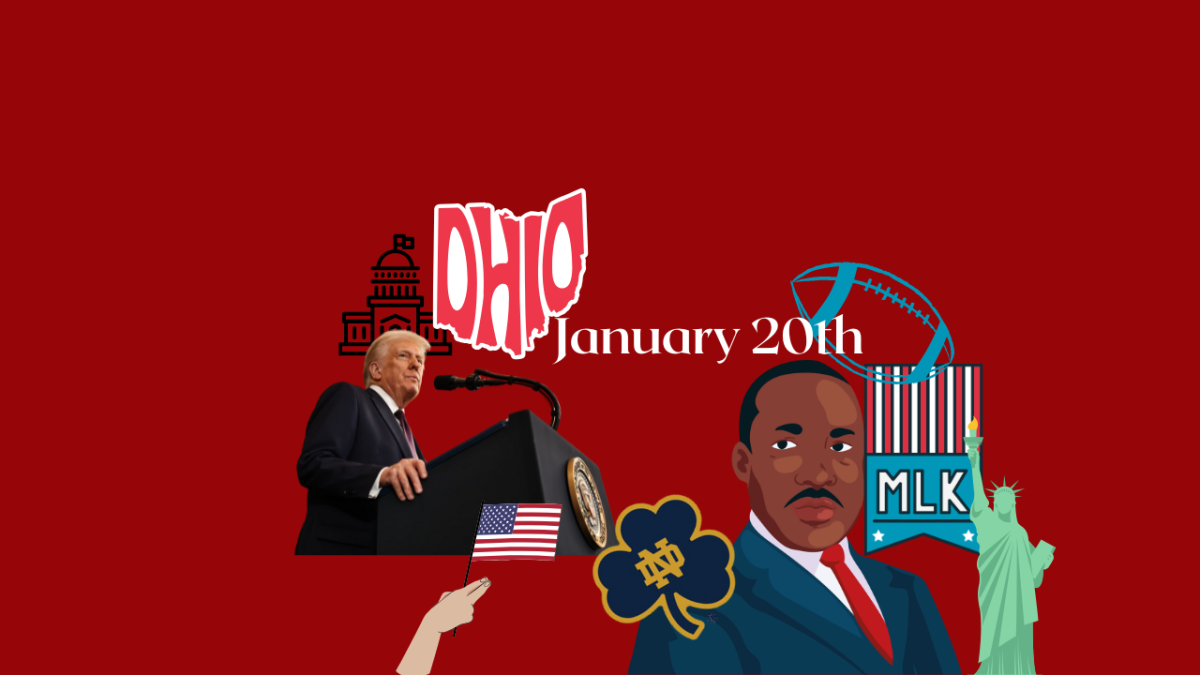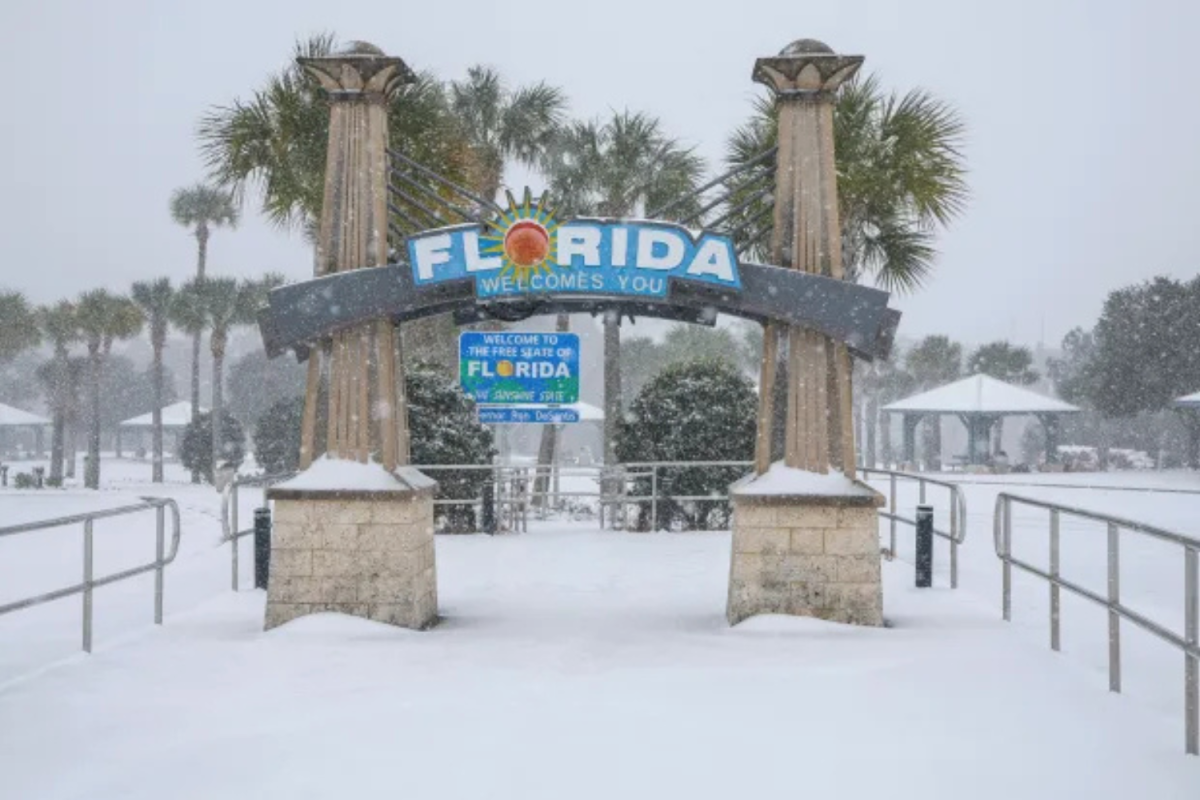CHARLOTTE, N.C. — Kathy Williamson was over in the Pigeon Forge area in early December and stopped into a Harry & David store in Sevierville, Tenn., to buy candy. The change she received from the clerk was correct, but she noticed something odd about one of the singles given her.
Someone had used a red felt-tip to circle the bill’s serial number, to draw a heart around the series number, and to write “Currency tracking study” on the dollar’s left edge. And to the left of the first president’s head, there was a blue stamp mark that read, “Track me at www.wheresgeorge.com.”
So after she returned home to Charlotte, she visited that website and learned the dollar had been registered in eastern Tennessee five days and 22 hours before and now had gone 122 miles — at 28 miles per day.
Welcome to Where’s George — a project that seems part “Where’s Waldo” (paper-based hunting activity), part “Flat Stanley” (tracking where a particular object is physically moving) and is fully wired. People enter the serial numbers of a bill, mark the currency and wait to see whether the paper money turns up elsewhere: Someone else can go to the site, punch in the serial number, and learn where it has been.
At the site’s home page, live blurbs pop up from around America that note things like:
Casper, WY
1st hit
It came from an LWML Mites donation at church.
Or this:
Huntsville, AL
1st hit
Got this bill as part of a tip for delivering pizzas.
Good condition.
Consider it artificial traveling: You may not be going anywhere. But the contents of your wallet are.
The site’s “George’s Top 10” page lists some remarkable migrations of money, ranging from singles to $100 bills:
—A dollar bill entered on wheresgeorge.com in Dayton, Ohio, in 2002 has logged 15 “hits” over 4,191 miles — most recently in 2005 in Rudyard, Mich., after turning up in places from Utah to Florida.
—A $100 bill migrated from Downey, Calif., to Blackburn, England, and was last spotted in Weaverville, Calif., 538 miles from where it started out.
—A $5 bill launched from Jefferson, Md., turned up a year and 171 days later in Aurora, Colo., after stops in Jamestown, N.C., Florida, Texas and Ontario.
It’s likely that some bills registered with the site made their way to Gottingen, Germany, home of the illustrious Max-Planck Institute: In 2006, Dirk Brockmann, an American theoretical physicist working there, used wheresgeorge.com in “The Scaling Laws of Human Travel” — an acclaimed study that used patterns of money migration as a tool to create models for the spread of epidemics.
“It wasn’t about germs on the bills themselves,” says Hank Eskin. “Brockmann used dollar bills as a proxy for how people move around. Paper money travels with people, so it’s a good substitute for how people travel and how diseases spread as a result of that.”
Eskin, 46, is the Boston-based Internet consultant who started wheresgeorge.com a dozen years ago to track currency. “I don’t collect it,” he said in a phone interview this month. “It’s more about the technology.”
His site has become more than that to casual and die-hard fans (called “georgers”) who have logged more than 200 million bills into the wheresgeorge.com database. “Something like 60,000 bills are entered every day,” Eskin says.
This is despite the lengthy user guidelines and “frequently asked questions” text at wheresgeorge.com. Some of the verbiage stems from Eskin’s desire to track where money naturally flows. He doesn’t want people to mail or tote money to exotic locales just to achieve “George’s Top 10” status.
Other fine print says the site does not encourage the defacement of money: The Secret Service paid Eskin a visit in 2000. “I was also selling rubber wheresgeorge.com stamps, and they said I basically can’t do that. The law says you can’t advertise on currency, and that’s what they were concerned about. I haven’t heard from them since.”
Making and using your own little rubber stamp for this is OK, by the way: That’s considered marking bills, not defacing them.
———
HOW TO DO IT
1. Go to www.wheresgeorge.com.
2. Fill out the registration form (it’s free).
3. To check the money in your billfold: Click the “I found a Where’s George Bill” box (even if you’re not sure if it’s entered). Type the serial number and your ZIP code.
4. To launch a bill: Click the “I want to enter and track…” box. Fill out the “Enter a bill” form. If you don’t have a stamp, just write “www.wheresgeorge.com” in ink in the margin of the bill.
———
MEANWHILE, NORTH OF THE FRONTIER …
Eskin also operates a site that similarly tracks Canadian paper money. It’s called whereswillie.com, after the person on Canada’s lowest-denomination banknote — the five-spot: Wilfrid Laurier, prime minister during World War I.
There are also currency-tracking sites in other countries.
———
(c) 2011, The Charlotte Observer (Charlotte, N.C.).
Visit The Charlotte Observer on the World Wide Web at http://www.charlotteobserver.com/.
Distributed by McClatchy-Tribune Information Services.








